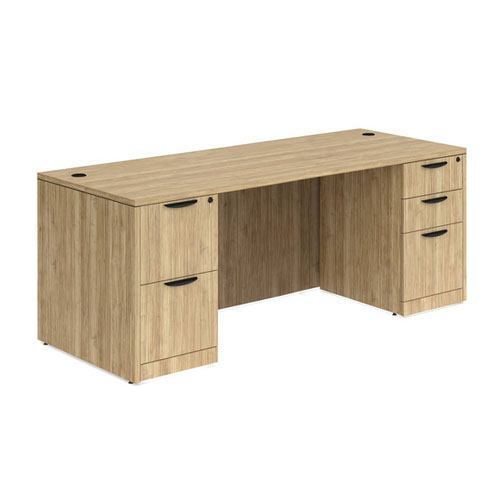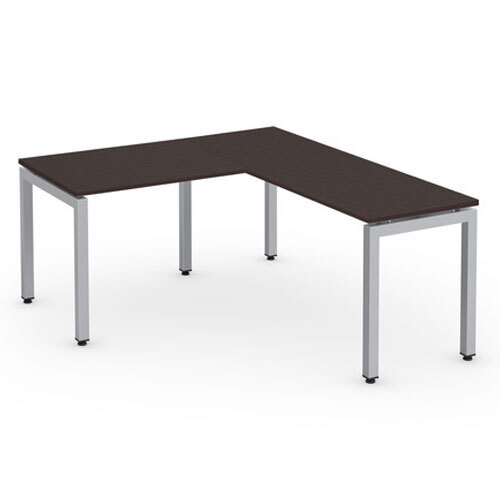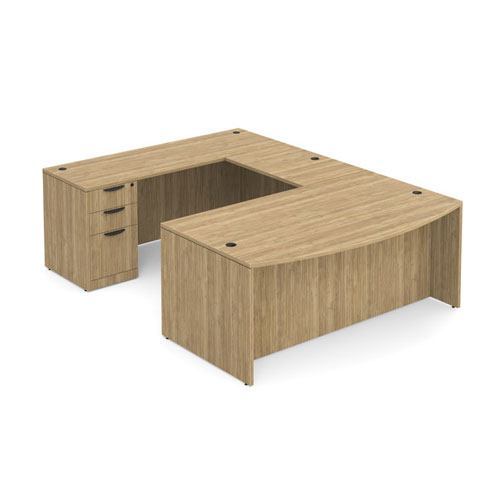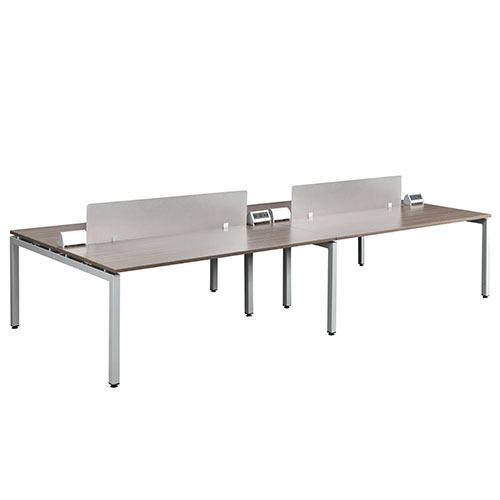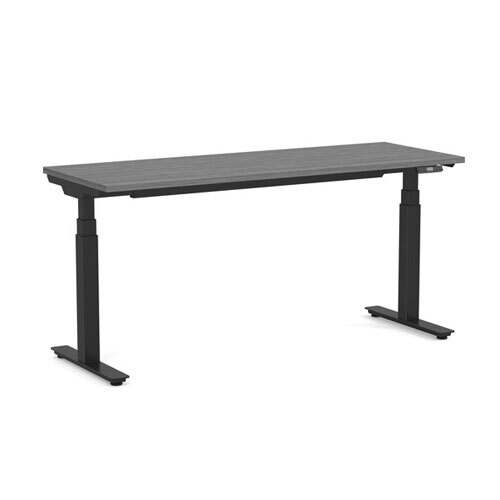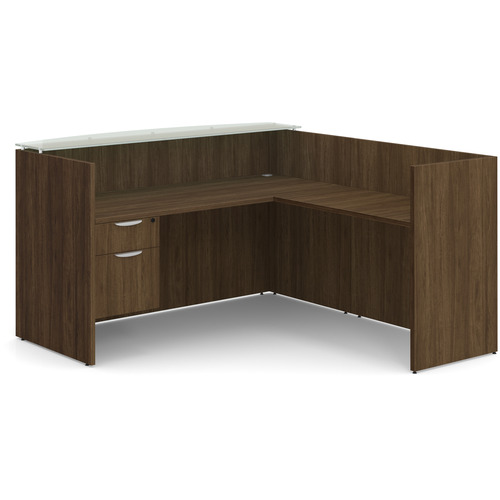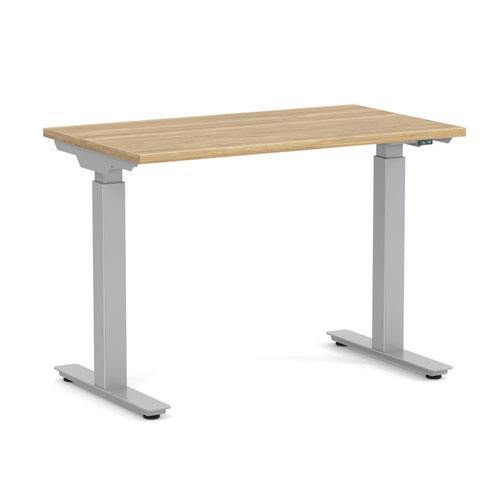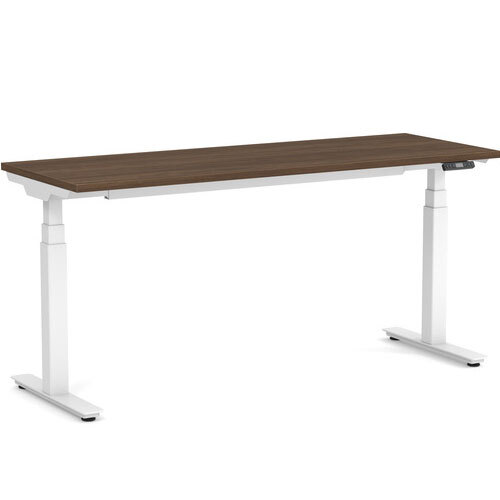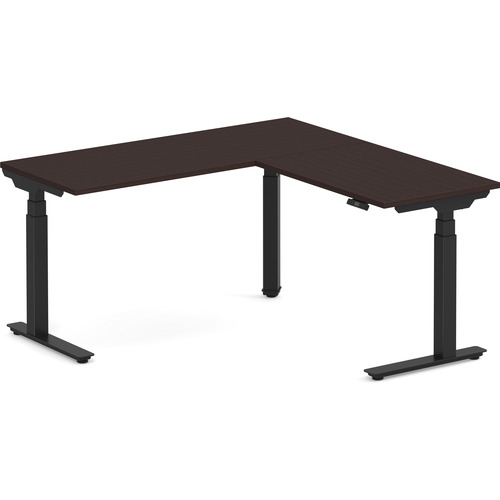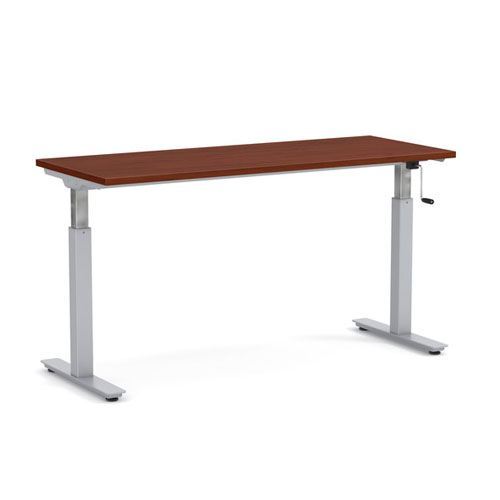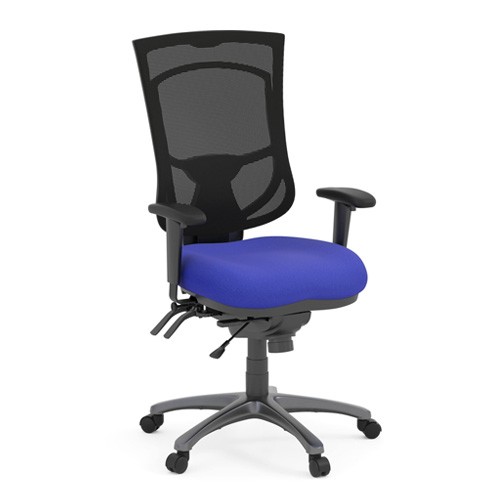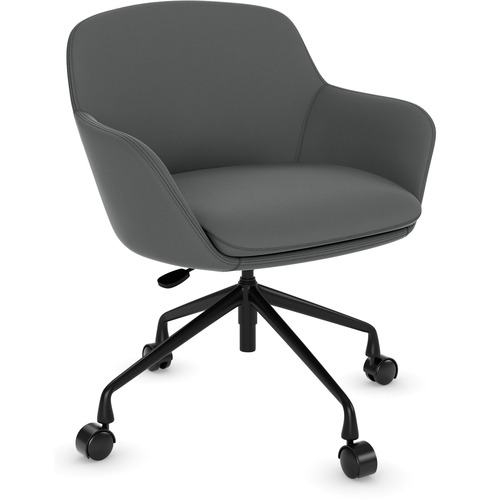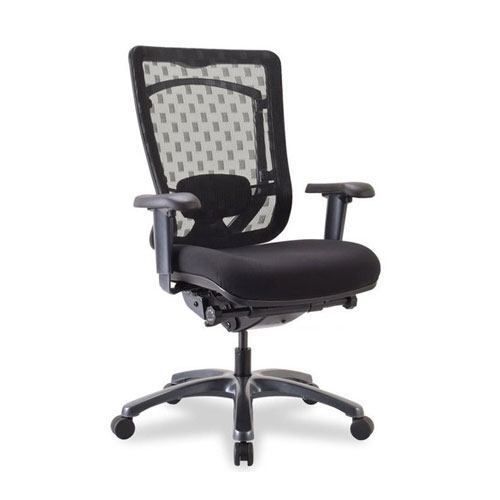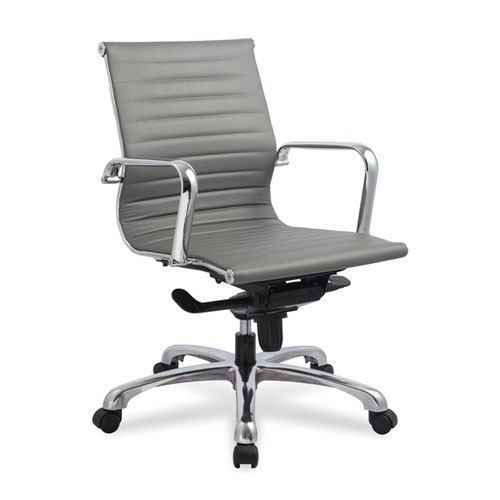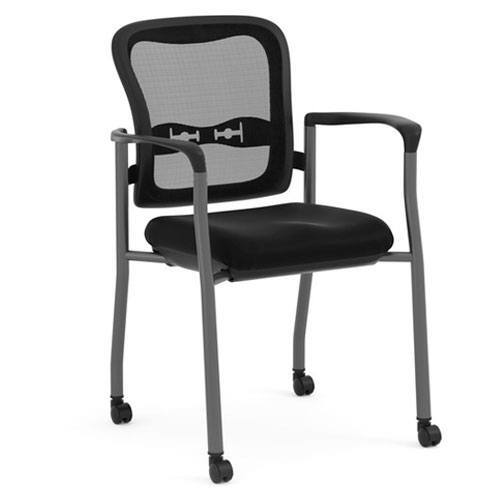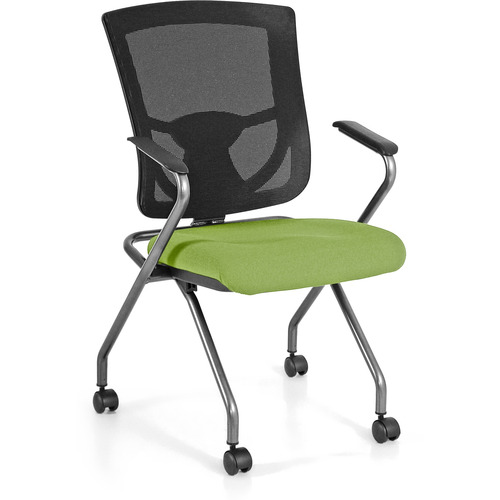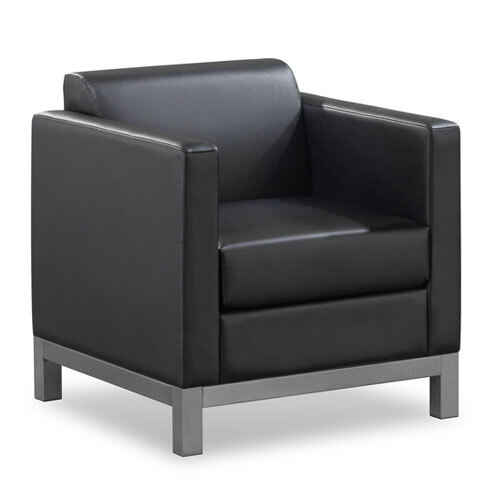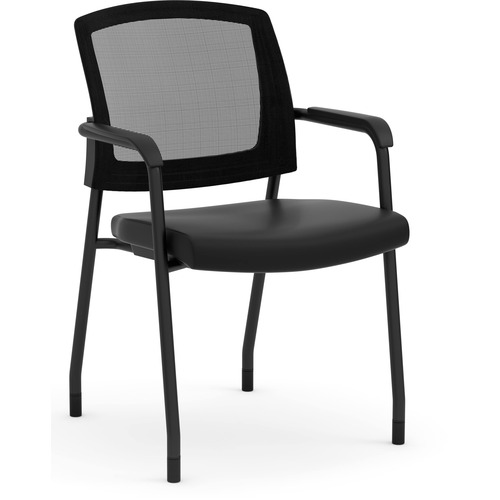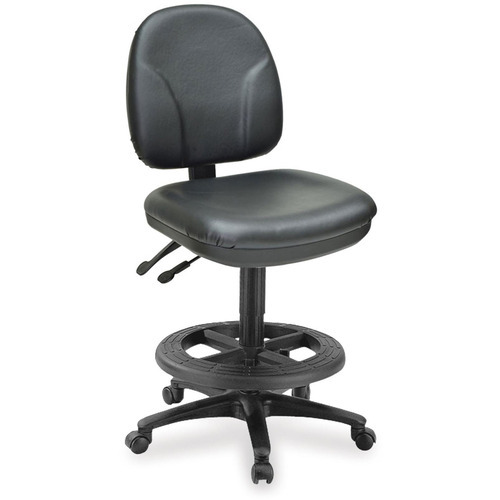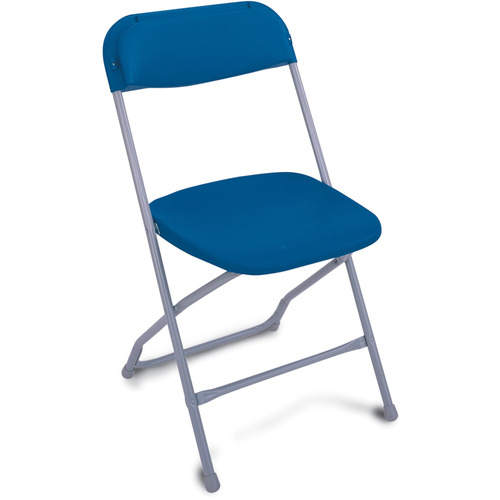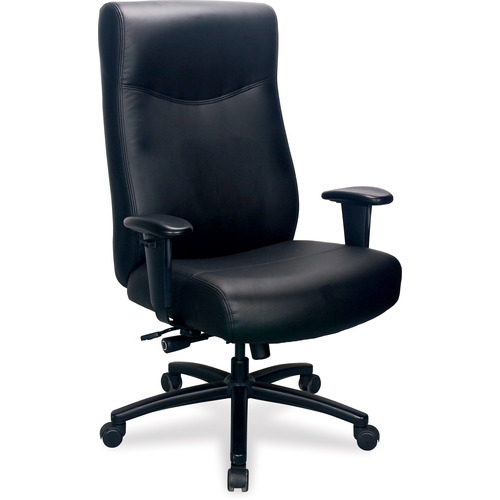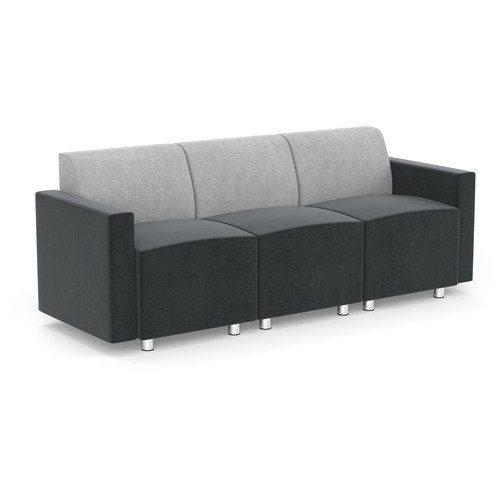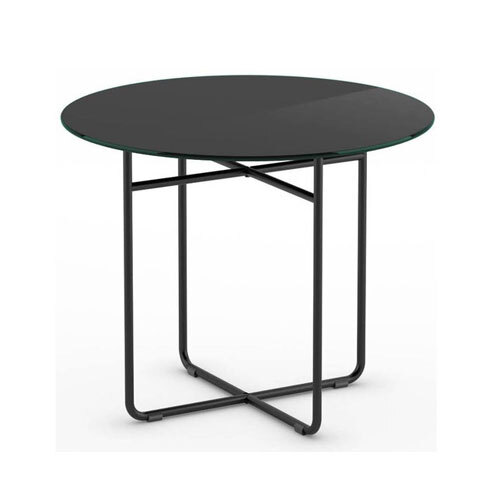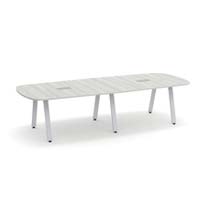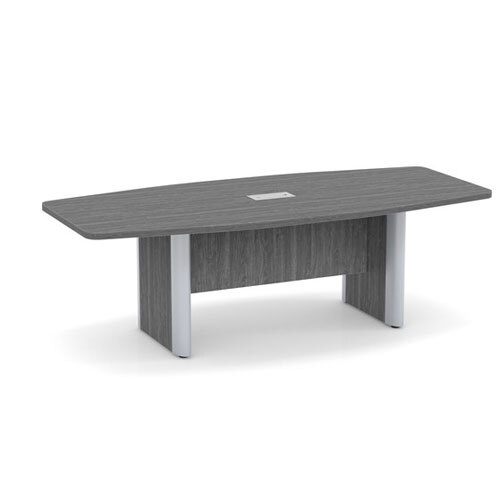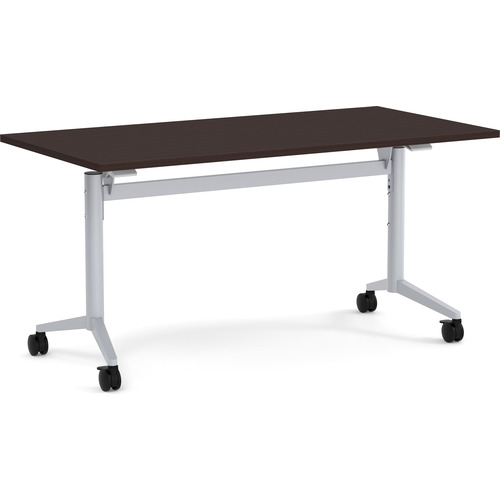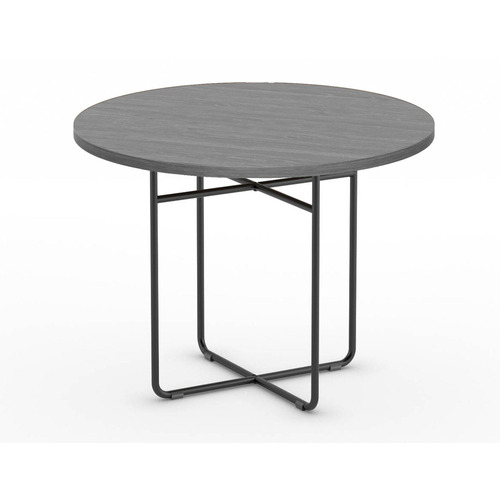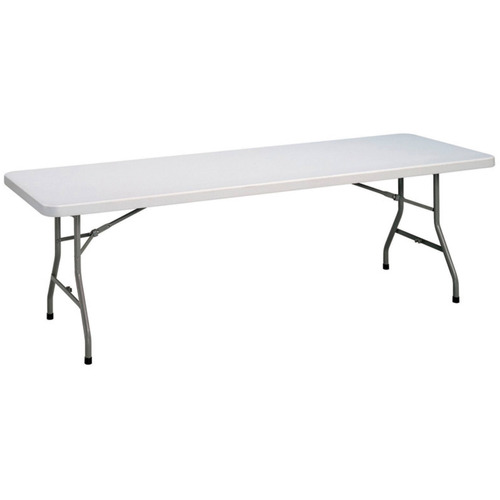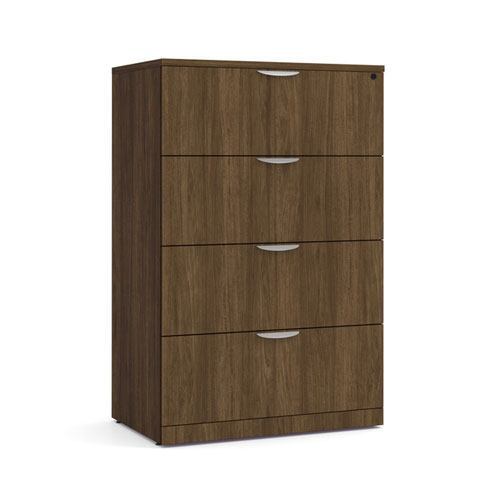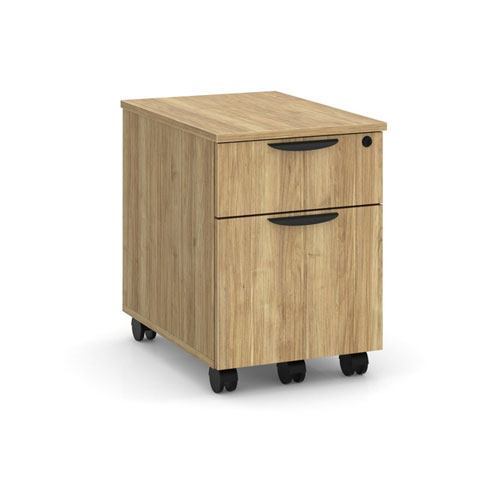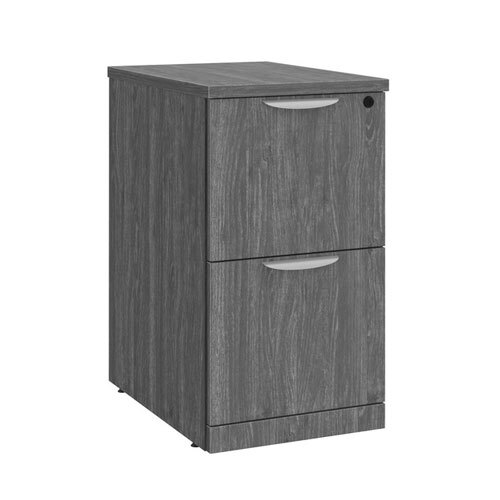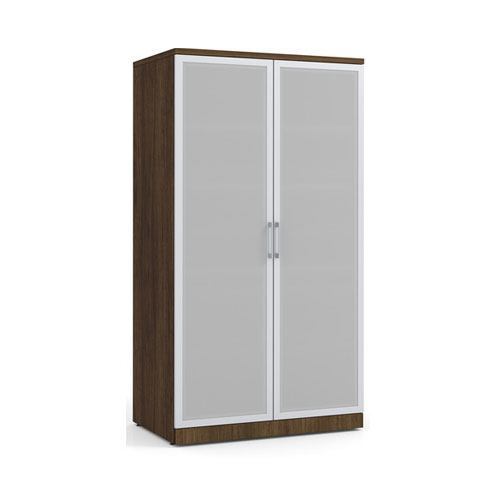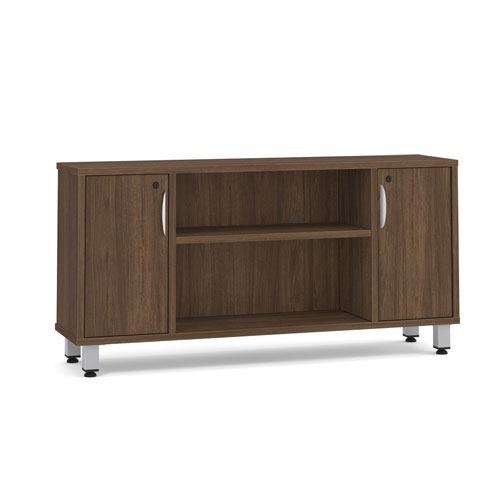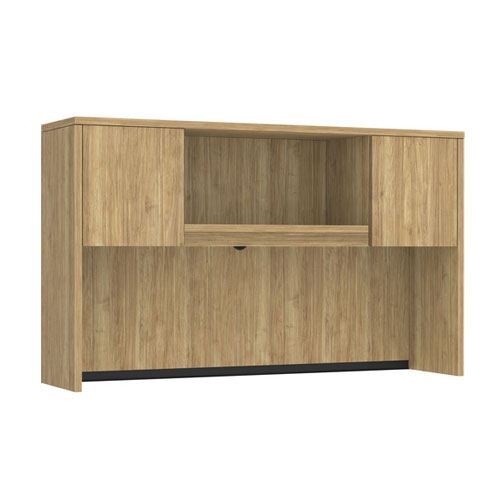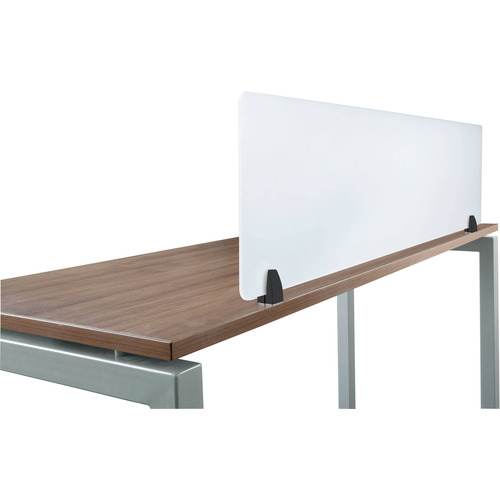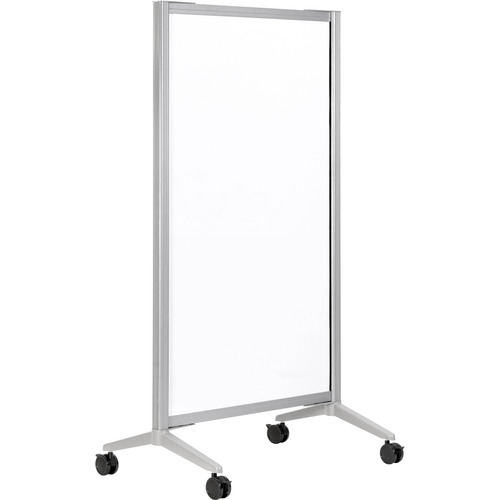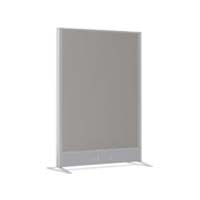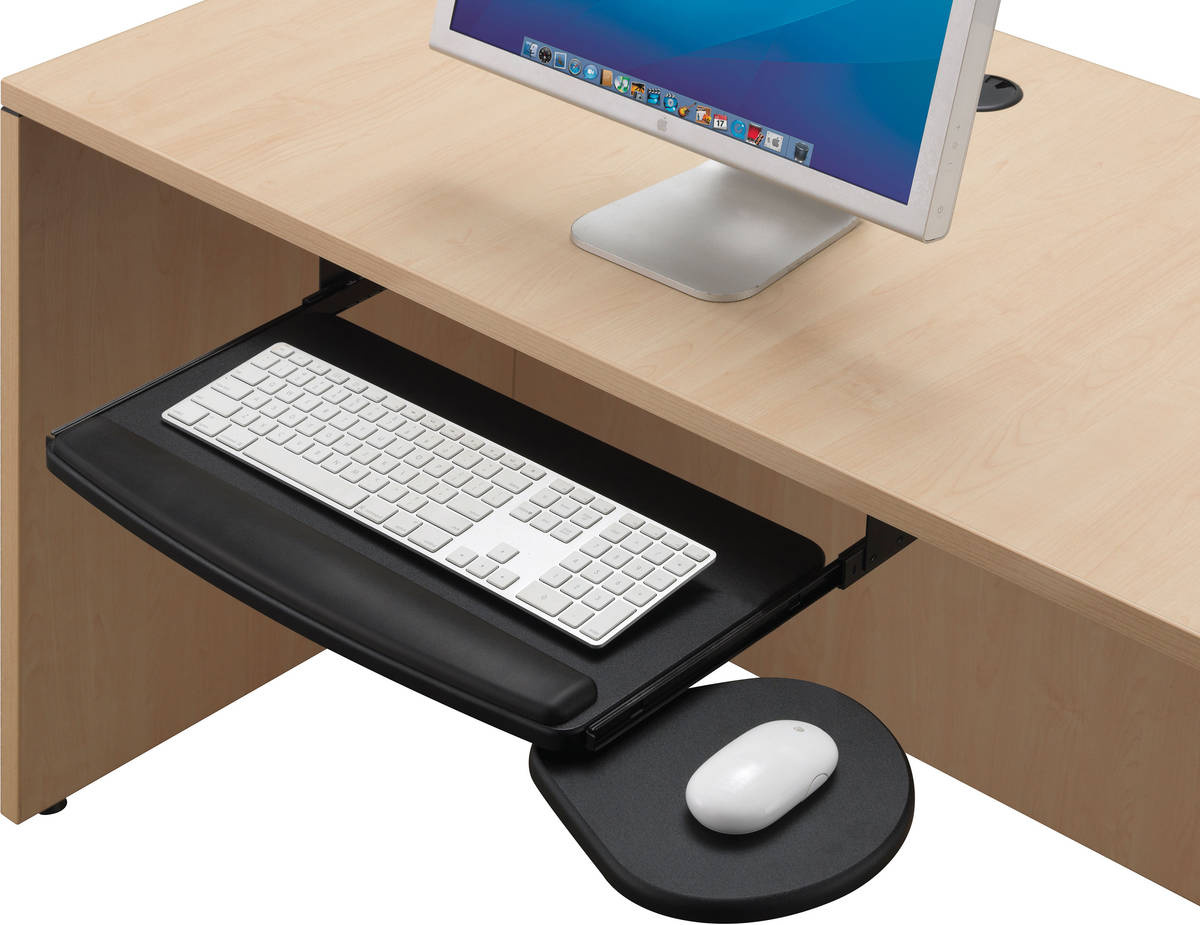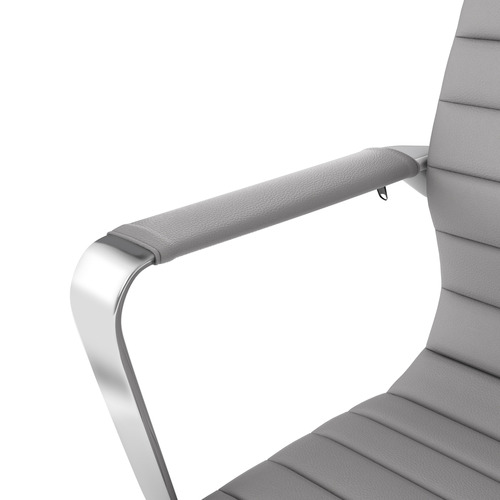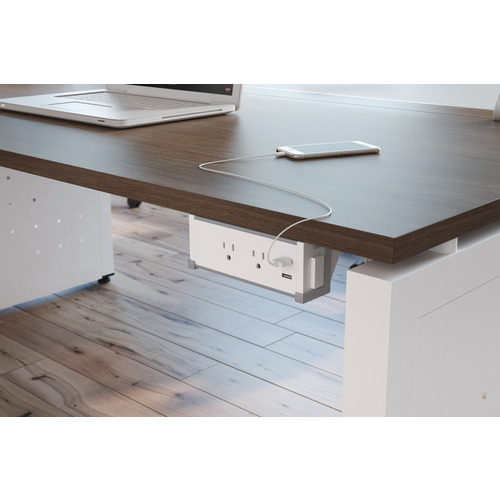How to Set Up a Safe Office
How to Set Up a Safe Office
In recent years, office safety has taken on a new meaning. Rather than concentrating on fire exits or fire hazards, much of the focus is on COVID-19 and infectious disease protocols. Both are important. For example, regularly checking fire alarms, upgrading ventilation systems, immediately cleaning spills, and keeping aisles clutter-free are key ways to keep your staff safe.
To meet today’s health and safety standards, many companies are seeking ways to update or retrofit their existing offices. Recommendations in layouts, furniture, and safety equipment are changing the way we approach setting up safe offices. Try these suggestions to make your office a place where everyone feels protected.
1. Density and Proximity
Reducing the number of employees per square metre allows for easier maintenance of physical distancing guidelines. Some ways to do this include:
- Moving to a hybrid work system
- Spreading out work stations
- Conducting meetings online
- Moving high-traffic areas (such as the water cooler) to a more open space
Traffic flow considerations also help employees maintain the recommended two metres between individuals.
2. Easy-to-Clean Surfaces
Whether it’s office furniture that is simple in structure or smooth, nonporous surfaces, there are ways to simplify sanitizing.
- Antibacterial cleaners don’t work as well on soft, porous, and textured material.
- Antibacterial materials and furniture with built-in sanitation functions, such as blue or UV light attachments, are two ways to keep safe.
- Use office furniture without numerous pockets, cubbies, hinges, or seams.
- Large, flat work surfaces and desks provide an easy-to-clean format.
- Incorporate antimicrobial products that stop and slow the spread of microorganisms such as bacteria, viruses, mold, and mildew.
3. Sanitary Seating
For shared-use chairs, such as those on which visitors sit, hard nonporous materials are easiest to clean. Chairs individuals use throughout the workday need to be comfortable, ergonomic, and easy to sanitize. Bonded leather chairs can be wiped down with disinfectant wipes or a cleaner containing at least 70 percent alcohol. Treat leather chairs with a leather conditioner after cleaning to keep the material supple and comfortable.
4. Employ Divisions
Dividers and partitions can separate employees, provide a barrier between front-line workers and customers, and can be reconfigured and sanitized as needed.
- Workstation shields come in many different configurations, including transaction shields that allow the use of a debit machine or other equipment.
- Frosted shields provide safety along with privacy between desks.
- Clear or cleanable fabric dividers between desks and stations, head-height cubicle walls, and larger workspaces contribute to following public health guidelines on safe distancing.
- Co-working spaces and high-traffic, multi-purpose rooms can be retrofitted with safety dividers. Rooms with defined functions, separated with open space, can also help with safety.
5. Employee Resources
Keep baskets or caddies made of hard, nonporous materials regularly stocked with hand sanitizer and disinfecting wipes so that employees can maintain hygienic standards at their work stations. Small touches such as bag hooks keep personal items off the floor and contribute to an environment where comfort and wellness is a top priority.
6. Plan For Safety
It's important to acknowledge that staff have varying degrees of comfort in the workplace. Coming back or readjusting to the office may also require personalizing your workspace according to those comfort levels. Creating written guidelines is helpful in putting people at ease.
Our expert space planning team takes the principles of safer, healthier offices into account when designing your retrofitted, updated, or new workspace. They can assist you in creating a new layout for your office that takes into consideration ample spacing between stations, repurposing existing multi-use rooms, and creating unidirectional flow between spaces.

